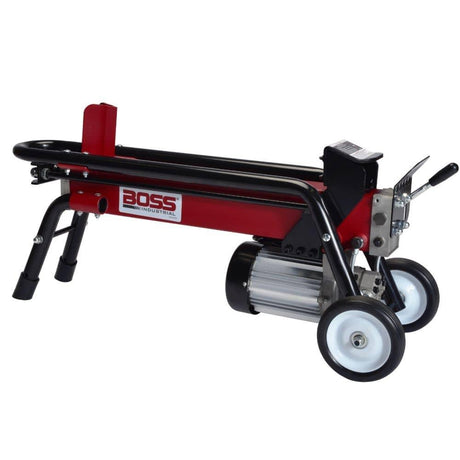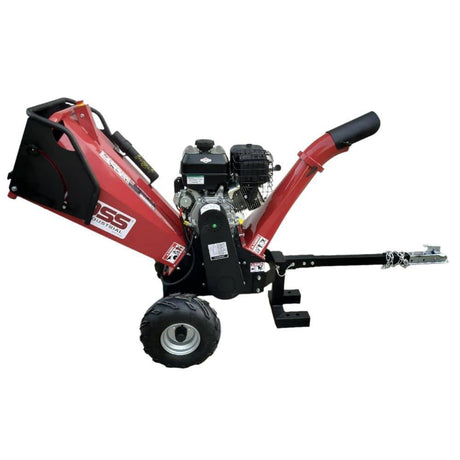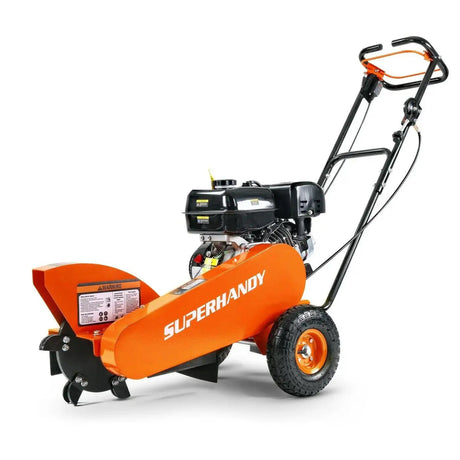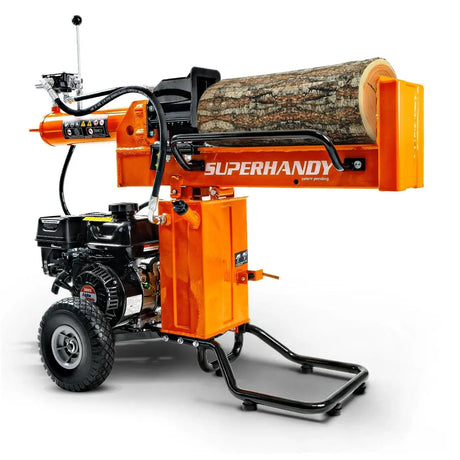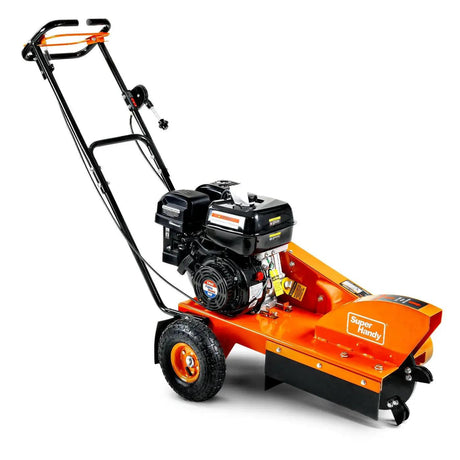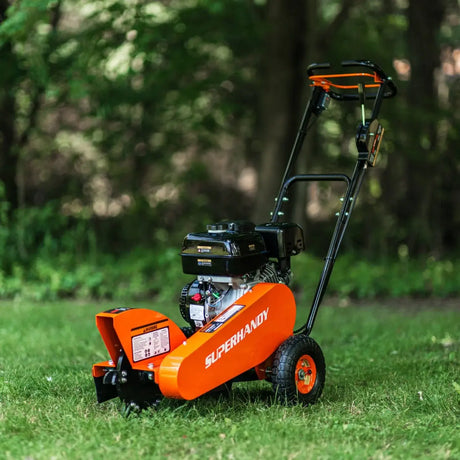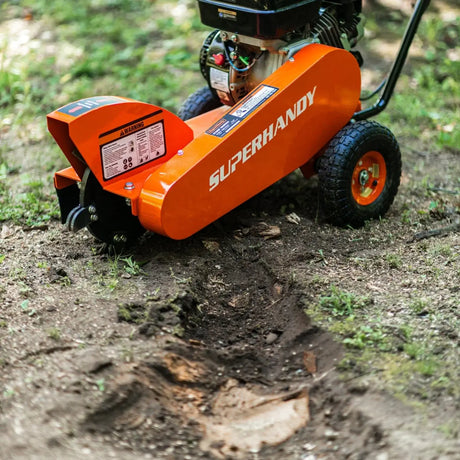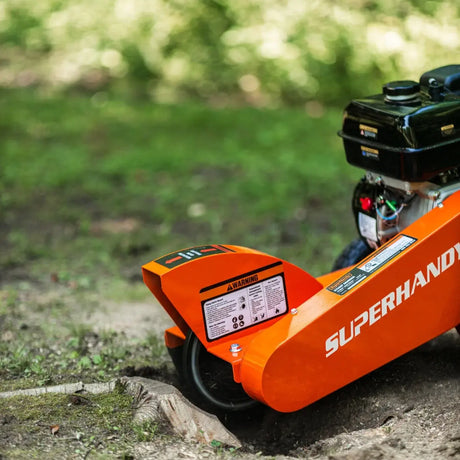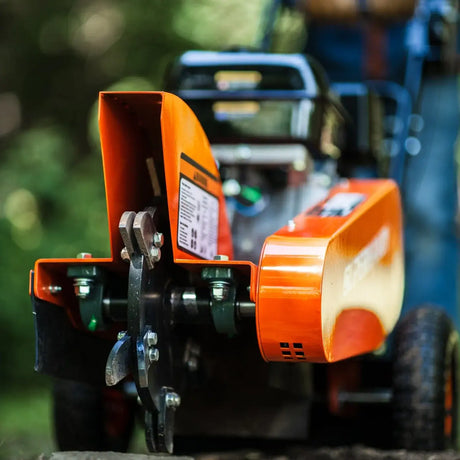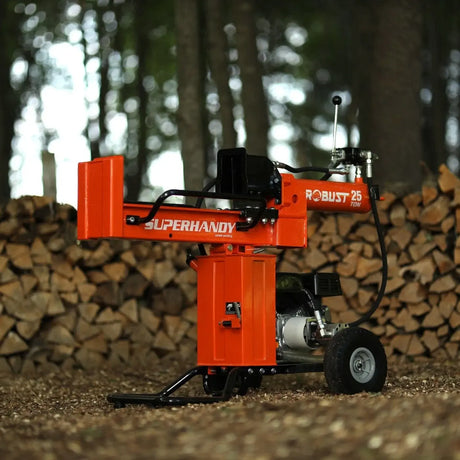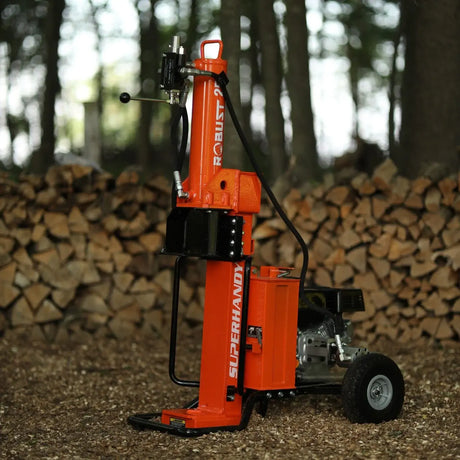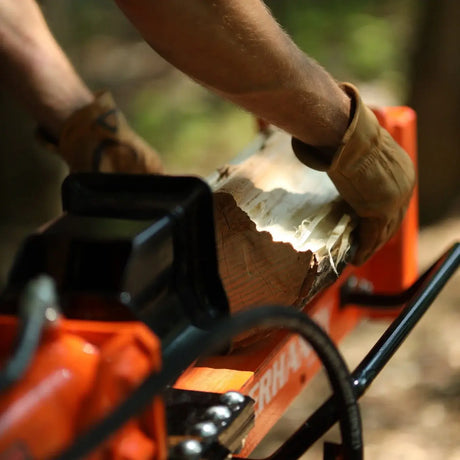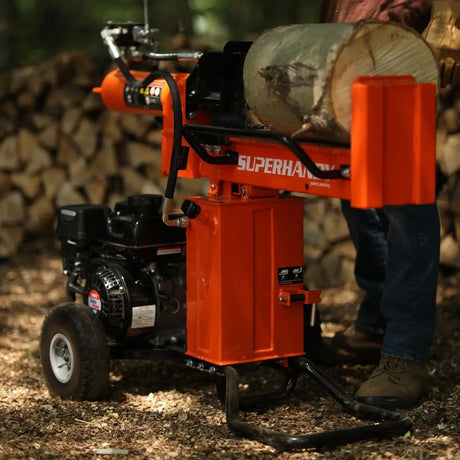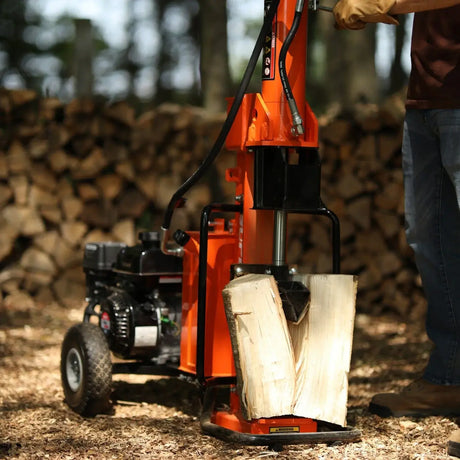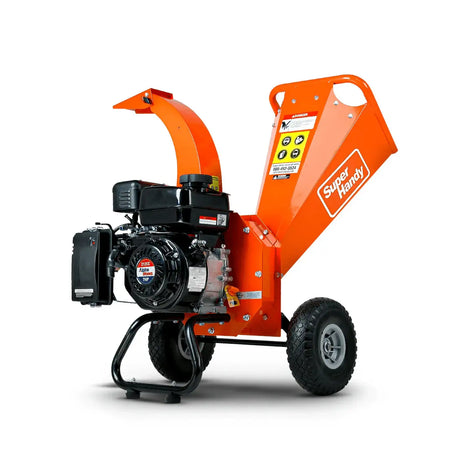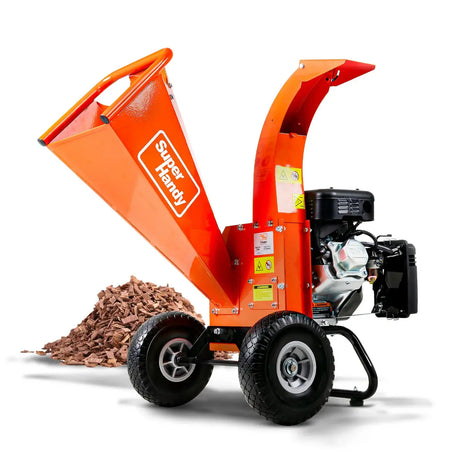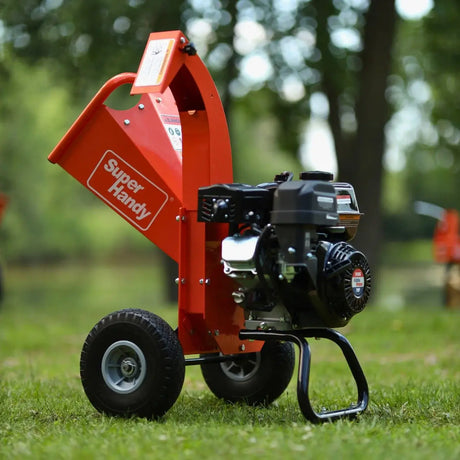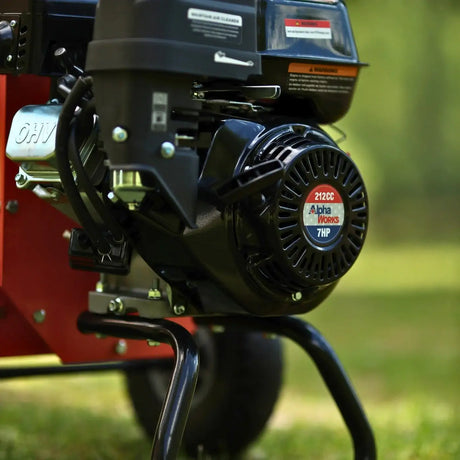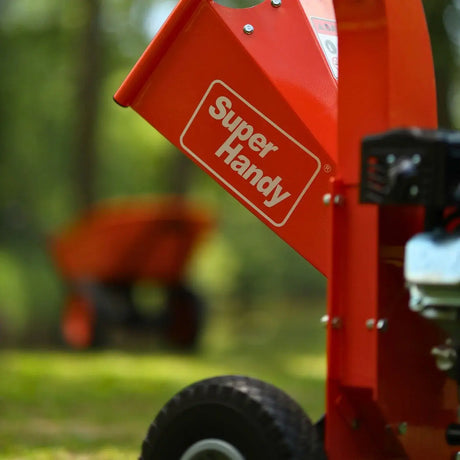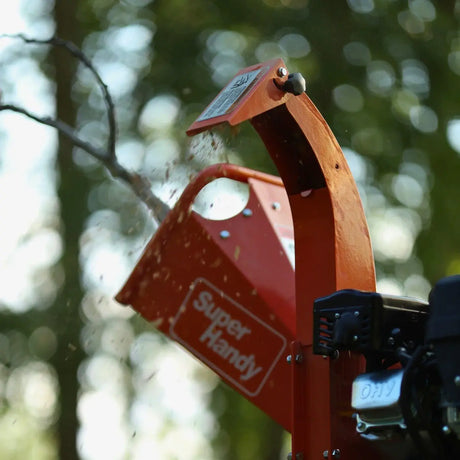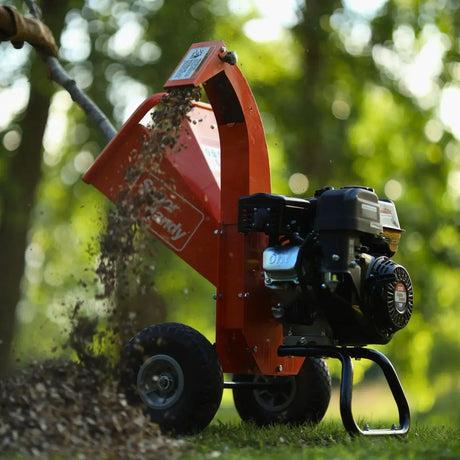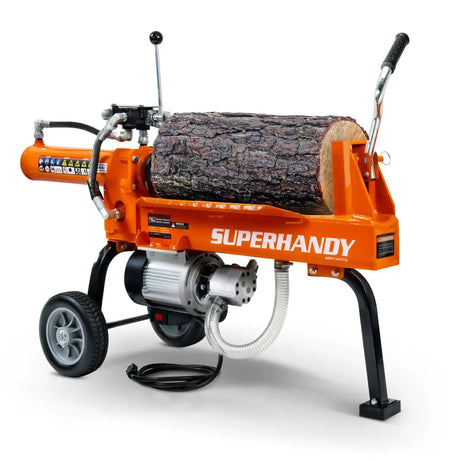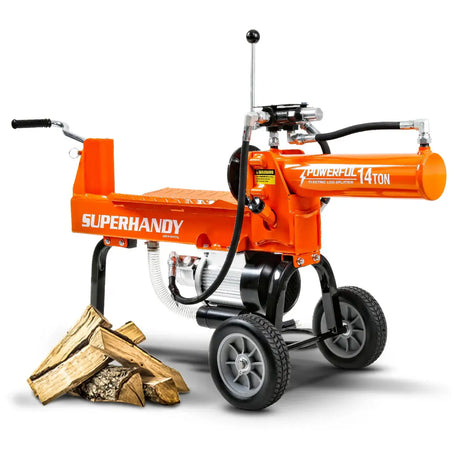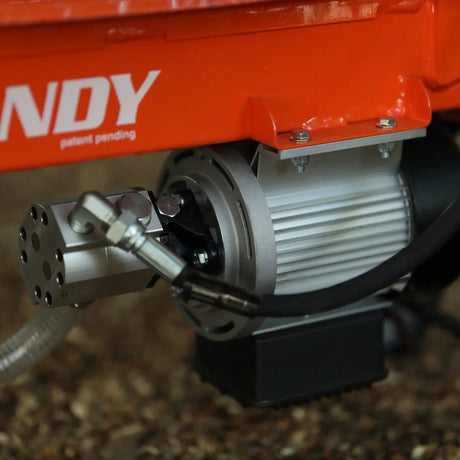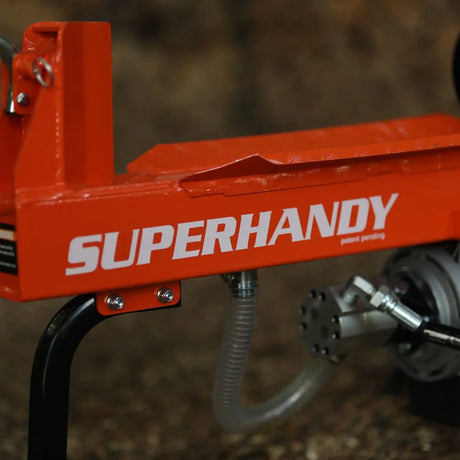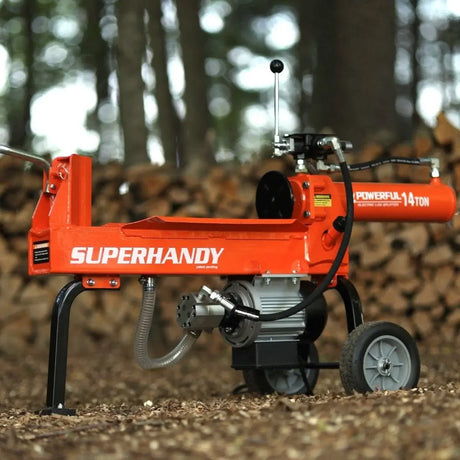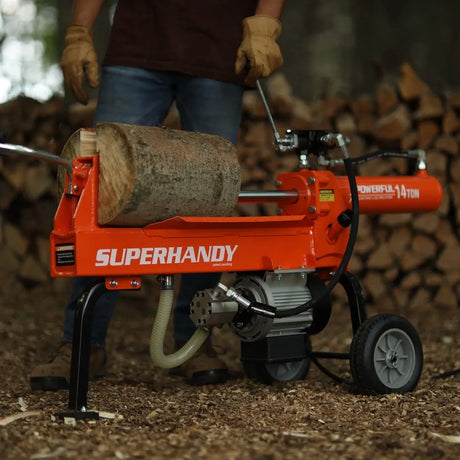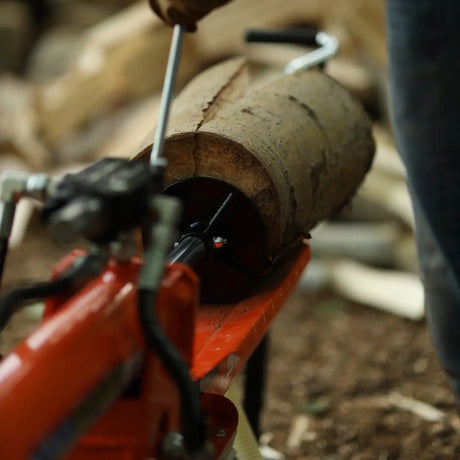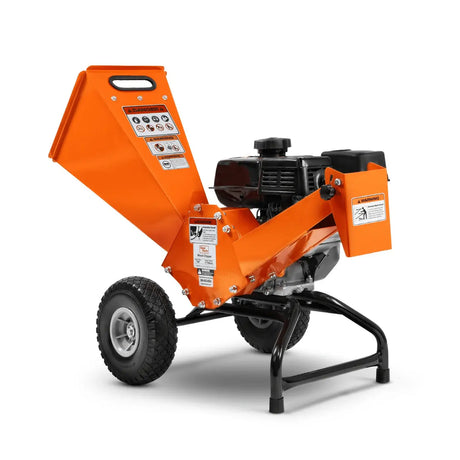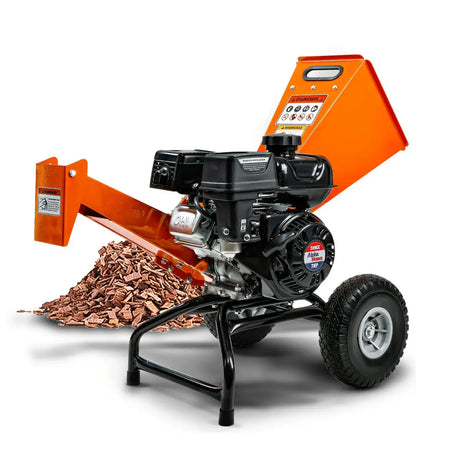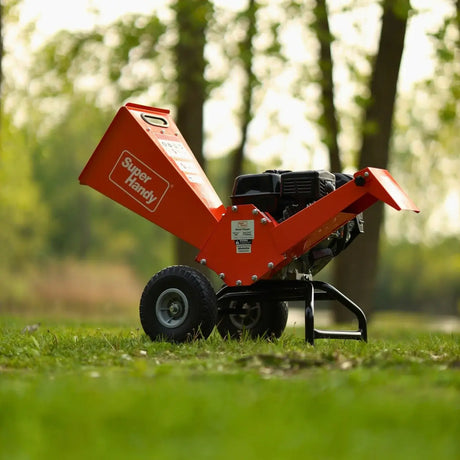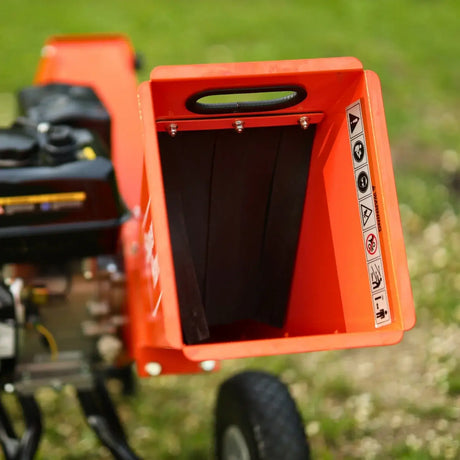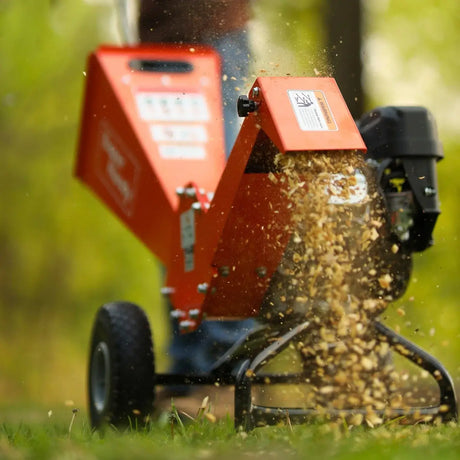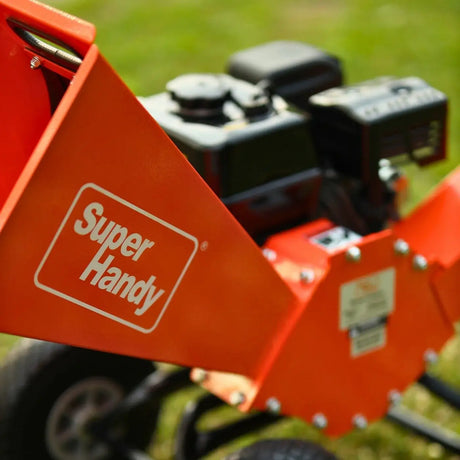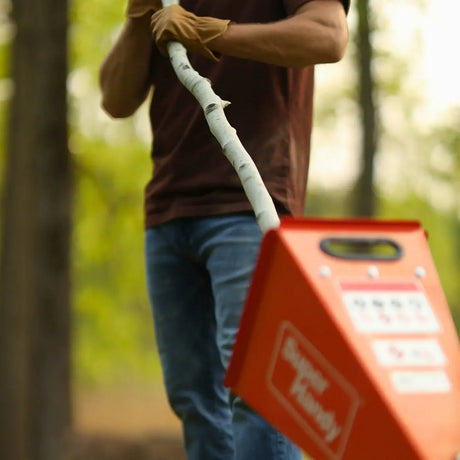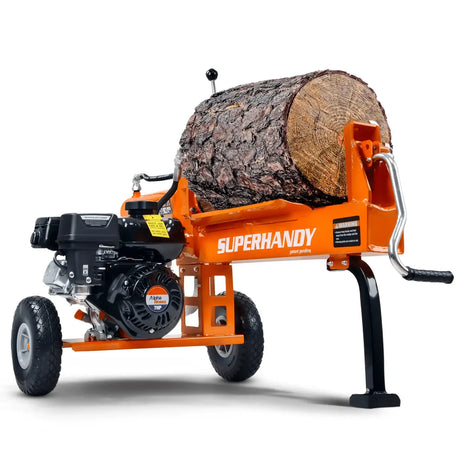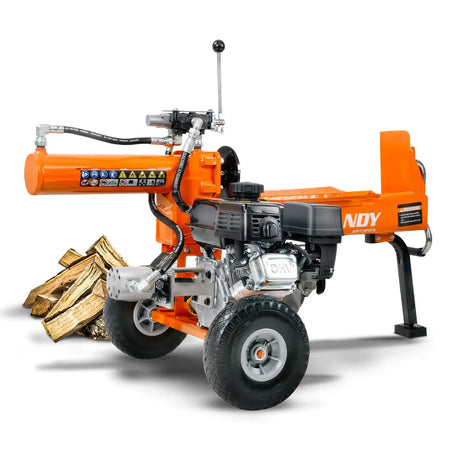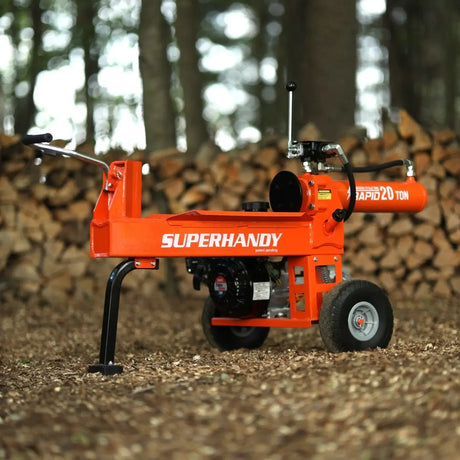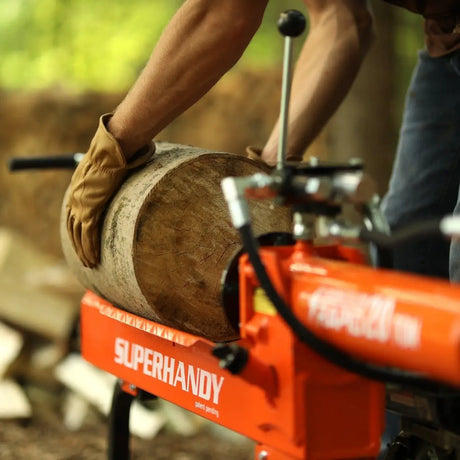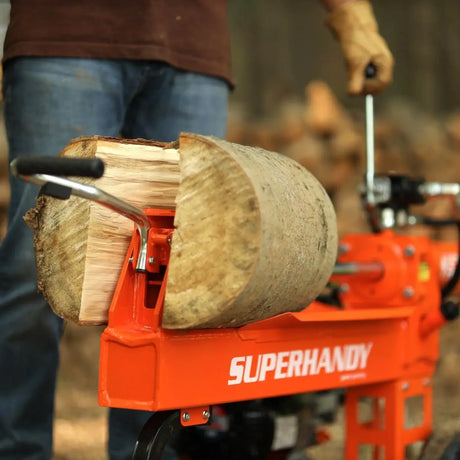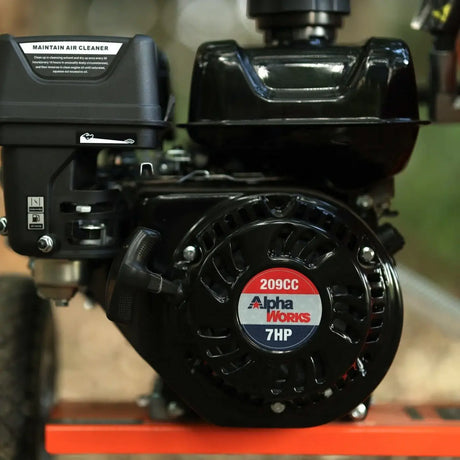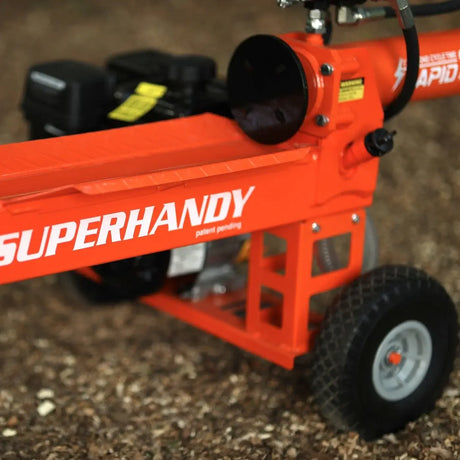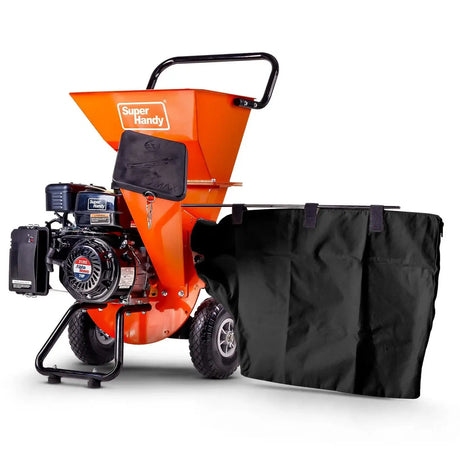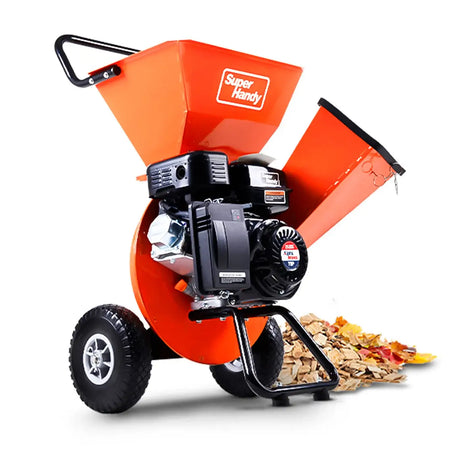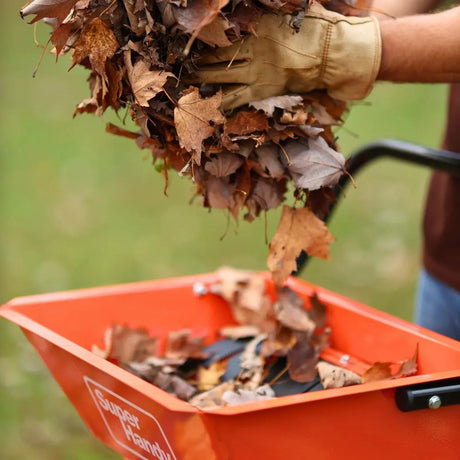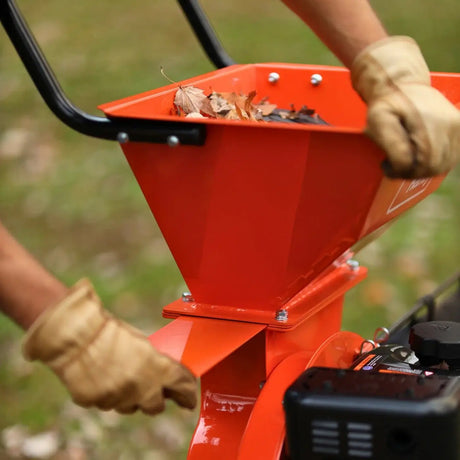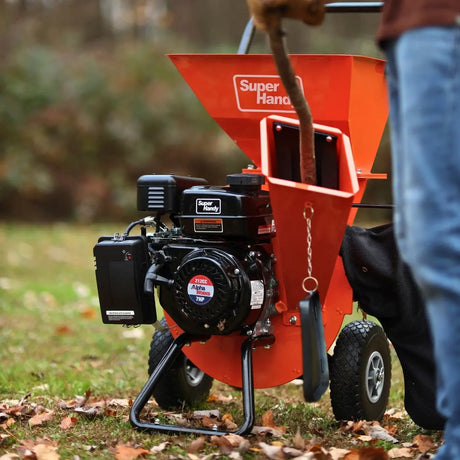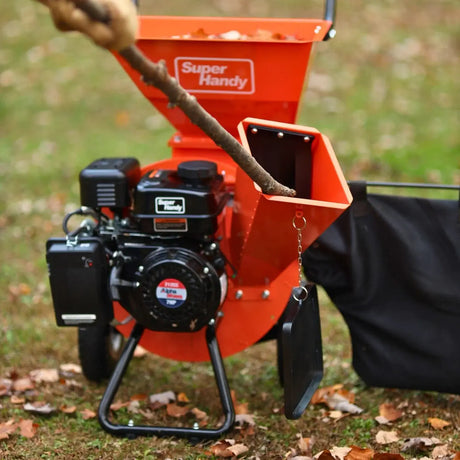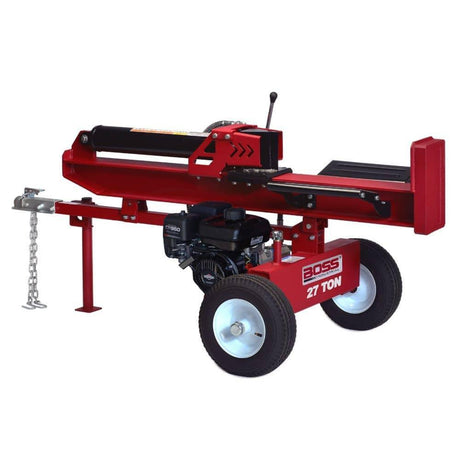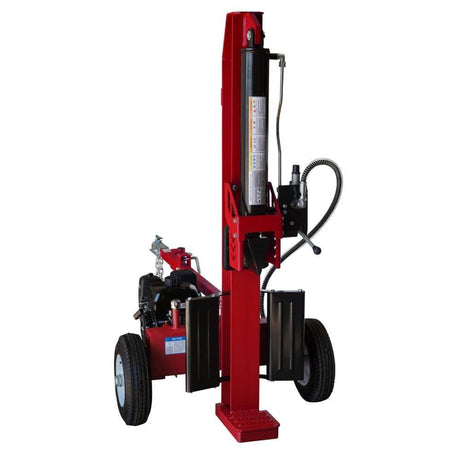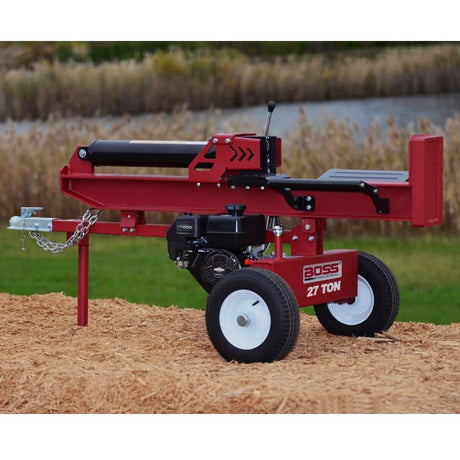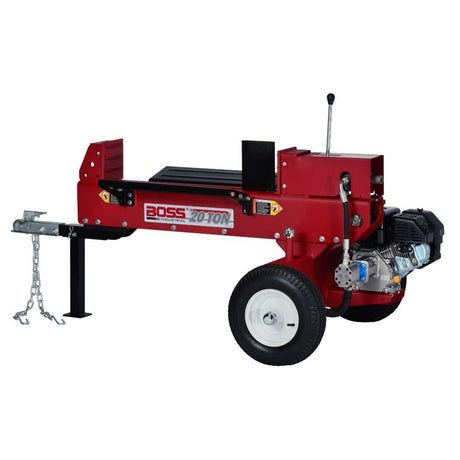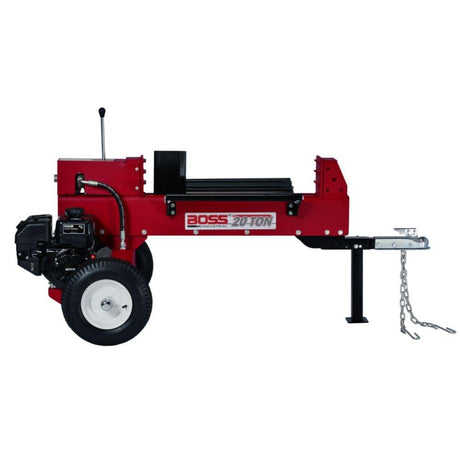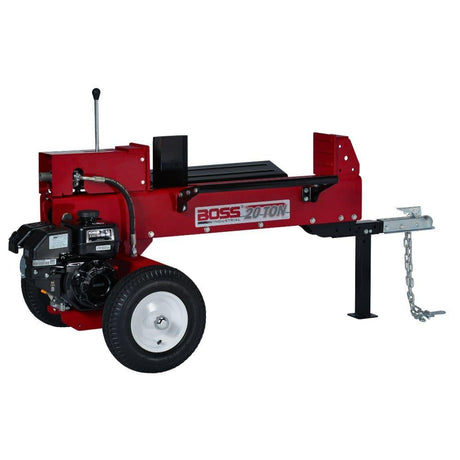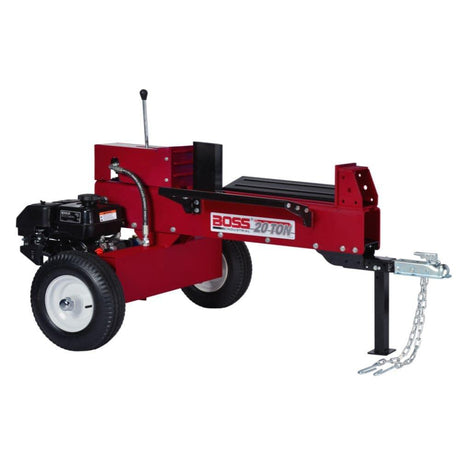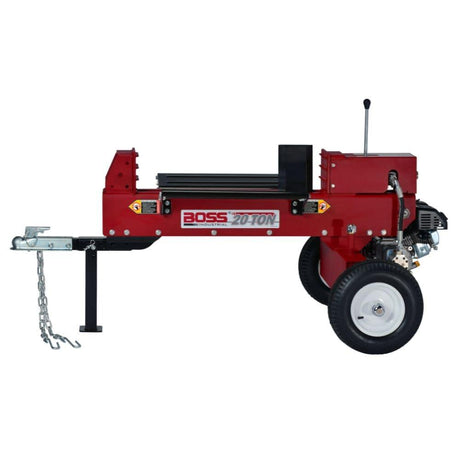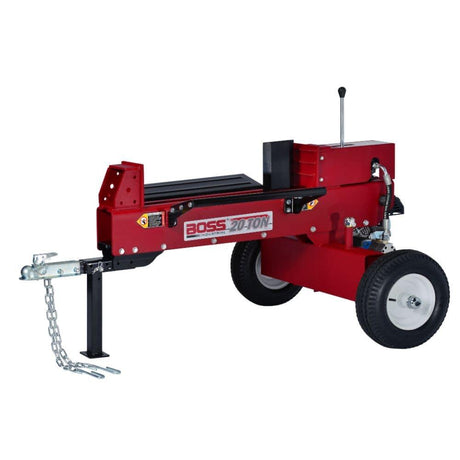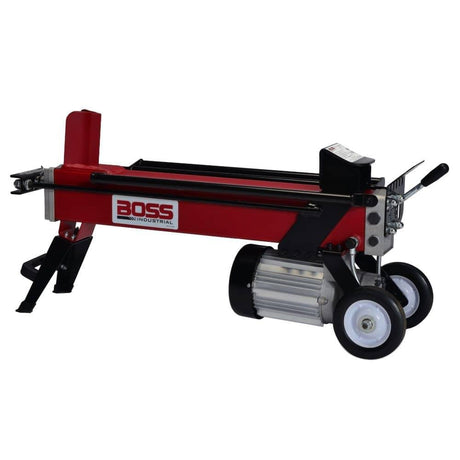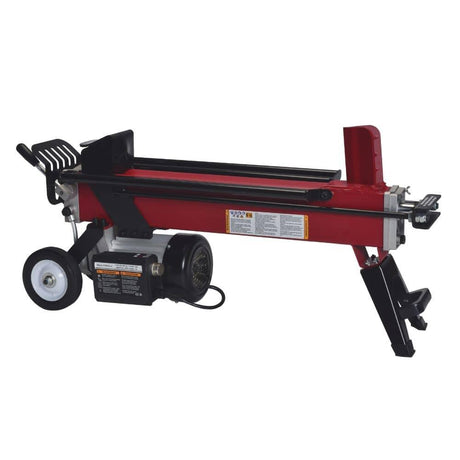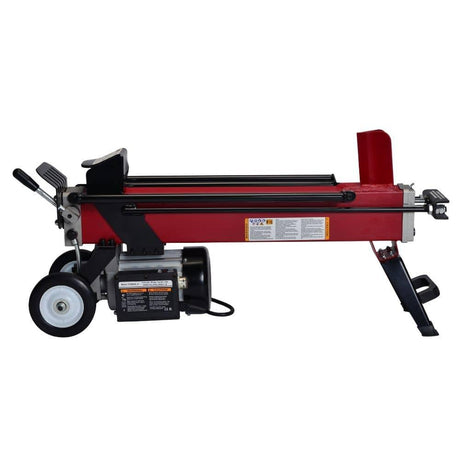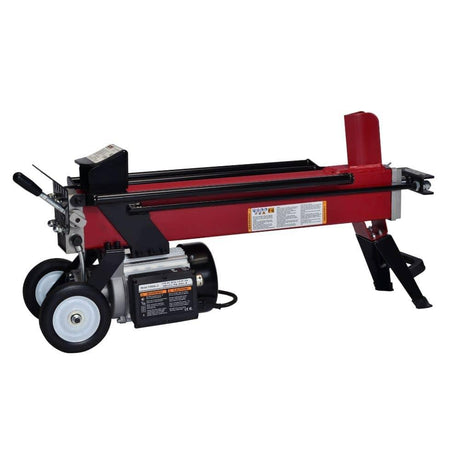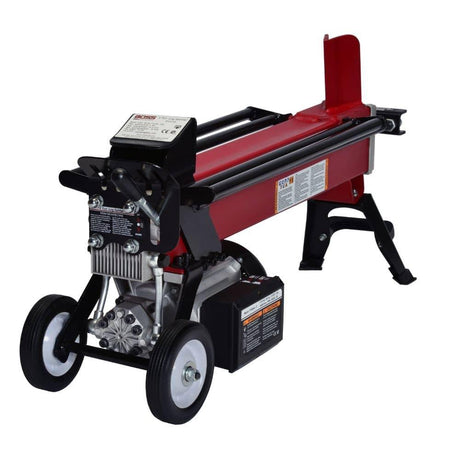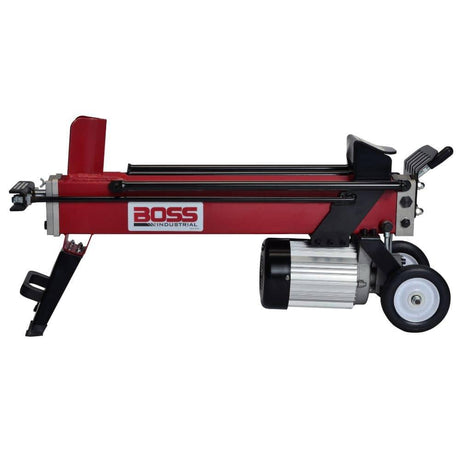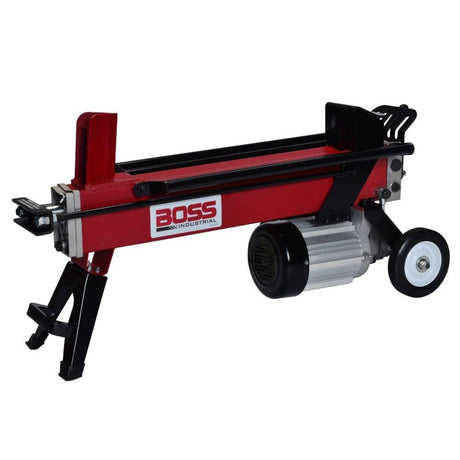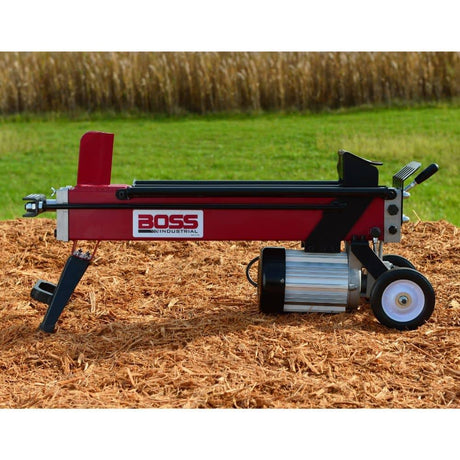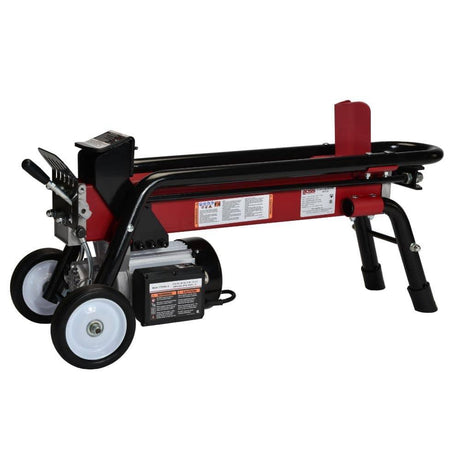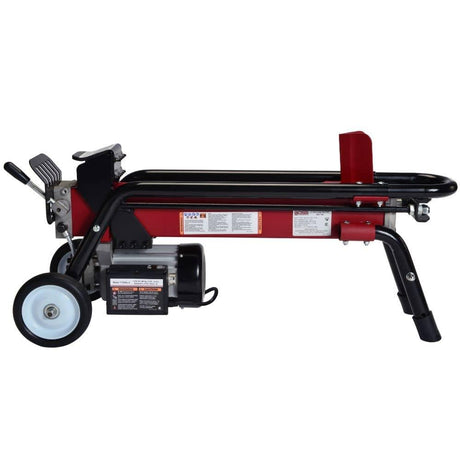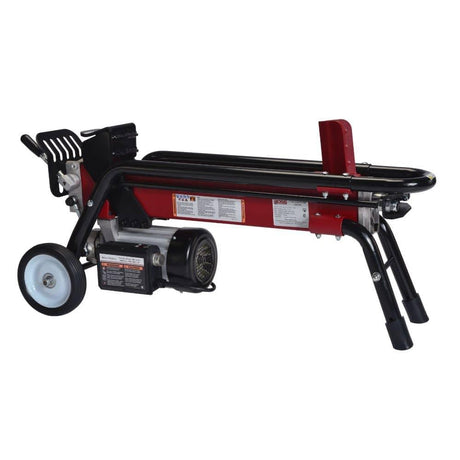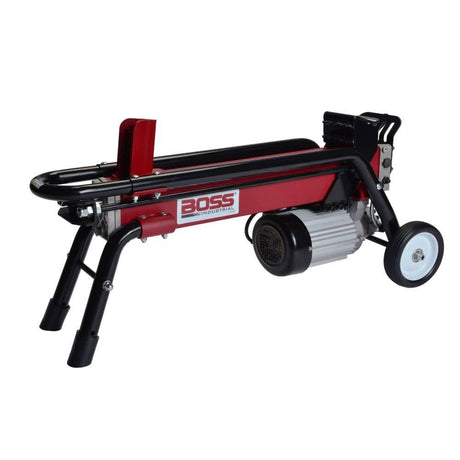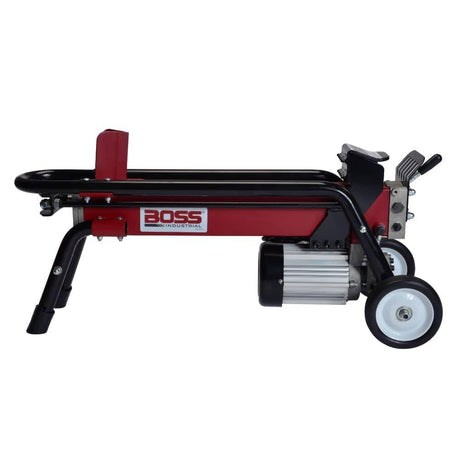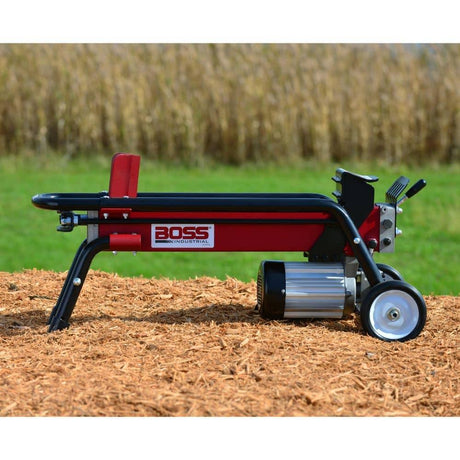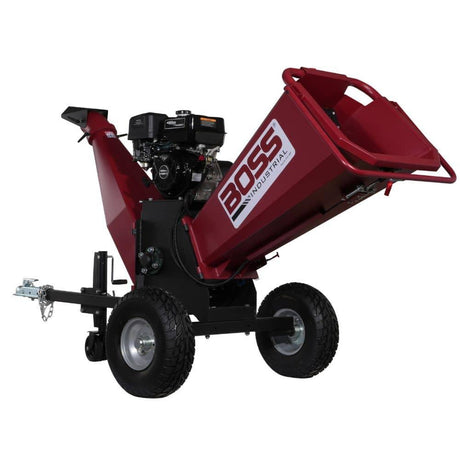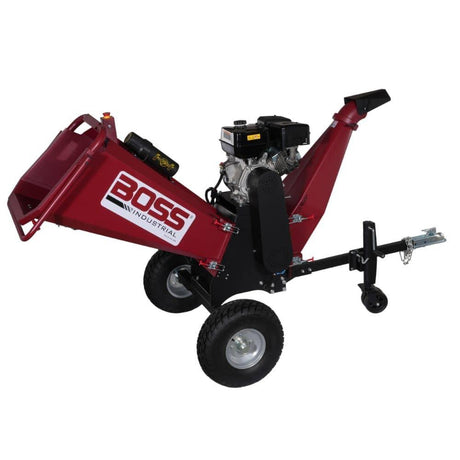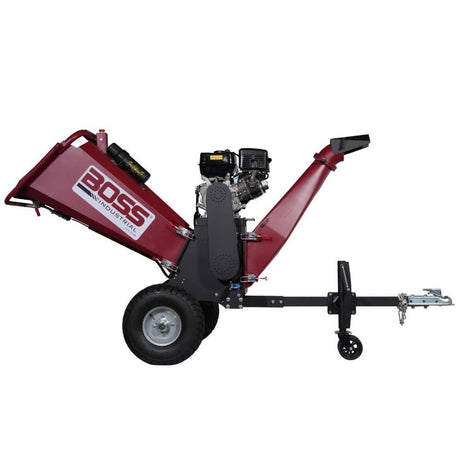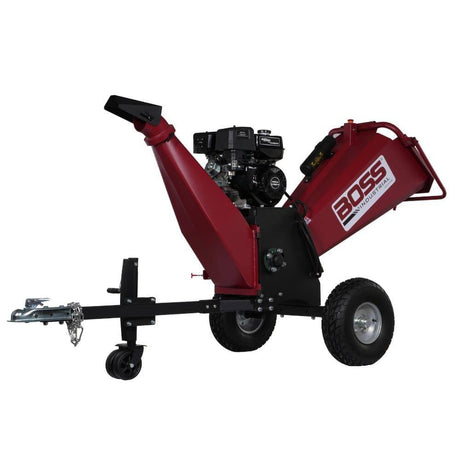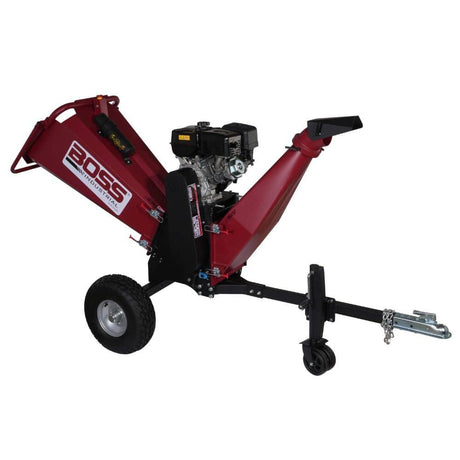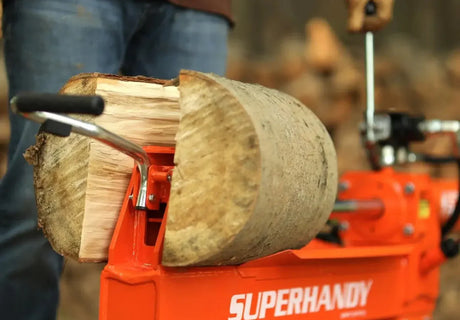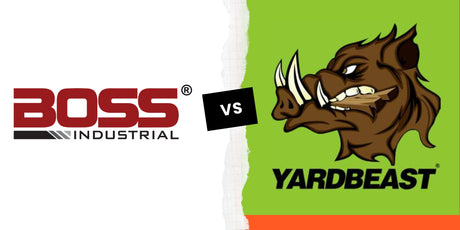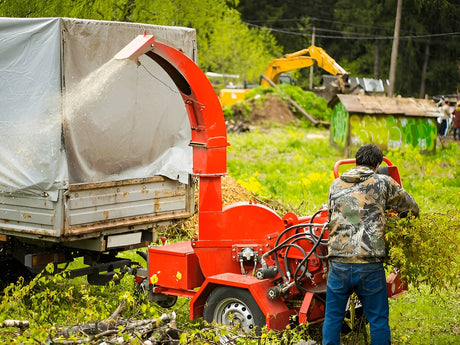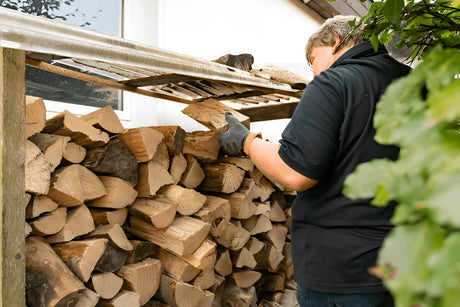Keeping your wood chipper in top shape isn't just about performance, it's about safety, reliability, and making your investment last. Whether you use your chipper once a season or every day on the job, following a time-based maintenance schedule helps prevent costly repairs and dangerous breakdowns.
Let's walk through the essential tasks, organized by usage hours and timeframes.
For a deeper maintenance reference, check out our Wood Chipper Maintenance: The Ultimate Guide for detailed tips on caring for your machine.
Key Takeaways
- Proper maintenance ensures safer operation, better throughput, and longer machine life.
- Tasks are grouped by frequency: before each use, after certain hours, and annual upkeep.
- A well-maintained chipper reduces clogging, engine strain, and premature wear on critical parts.
- Always shut down the machine fully before performing any maintenance.
Wood Chipper Maintenance Tasks by Usage Hours
The table below shows exactly what to check, clean, replace, or lubricate based on how many hours your chipper has been used.
| Usage Hours / Timeframe | Maintenance Tasks |
|---|---|
| 🔁 Before Each Use | 🔍 Inspect machine 🧹 Clean debris from feed chute, engine, and muffler ⛽ Check oil and fuel levels 🔧 Check blades & belts 🛠️ Test emergency stop switch 🪛 Lubricate all moving parts |
| ⏱️ After Every 8 Hours | 🛢️ Lubricate moving parts 🔁 Change oil (new machines only) |
| 🔄 After Every 25 Hours | 🌬️ Clean or replace air filter 🧽 Clean engine exterior 🚗 Check & inflate tires (towable models) 🛢️ Change engine oil |
| ⚙️ After Every 50 Hours | 🪓 Sharpen or replace blades 🔁 Inspect flails/hammers ⛓️ Check belt tension |
| 🧰 After Every 100 Hours | ⚡ Replace spark plug ⛽ Replace fuel filter 🧴 Grease bearings |
| 🗓️ Seasonal / Annual | 🧼 Deep clean unit & collection bag 🔋 Check battery (if electric start) 🧵 Inspect belts & tires ⚠️ Replace worn safety labels |
What This Table Shows
This table is organized by usage intervals-starting with before each use, moving through 8, 25, 50, and 100 hours, and ending with seasonal maintenance. Each row outlines:
- When to perform the task (e.g., "After Every 25 Hours")
- What to do (e.g., sharpen blades, check belts, grease bearings)
It covers all critical systems: engine, blades, belts, tires, filters, safety switches, and more.
Why it matters: Skipping small tasks like cleaning debris or checking blade sharpness can lead to big problems-like overheating, engine failure, or dangerous jams.
How to Use This Data in Real Life
Here's how this checklist helps in day-to-day use:
🛠️ For Homeowners and DIY Users
- Before a weekend clean-up, do the quick checks: oil, fuel, debris, blades.
- If you use the chipper seasonally, don't skip the annual clean + safety label check before storing it.
🔧 For Landscapers and Professionals
- Stick to the hour-based intervals. If you're running your chipper 6-8 hours a day, you'll hit the 25 and 50-hour marks fast.
- Stay ahead of wear and tear by keeping an oil log and blade sharpening schedule.
❌ Mistakes to Avoid
- Don't skip oil changes after the first 8 hours on a new machine-that's when metal particles from manufacturing are flushed out.
- Avoid running with dull blades-this strains the engine and leads to jams.
- Neglecting the outtake chute can create dangerous back pressure. Clear it often.
If you also use a log splitter, our Log Splitter Maintenance Checklist by Hours of Use can help keep it running smoothly too.
Final Thoughts
Your wood chipper is a workhorse-but only if you treat it like one. Following a maintenance routine based on usage hours keeps it running clean, safe, and efficient. Whether you're chipping weekend brush or clearing acreage professionally, this checklist keeps you one step ahead of breakdowns.
👉 Want to make sure your chipper can handle the job?Check out our top-rated wood chippers - sorted by capacity, horsepower, and yard size.
Need help matching your tool to your workload? Just ask. We're here to help.


